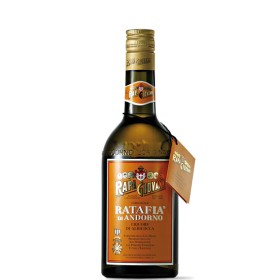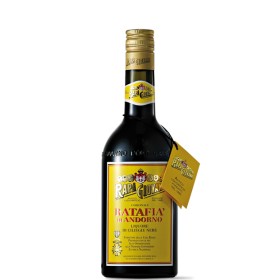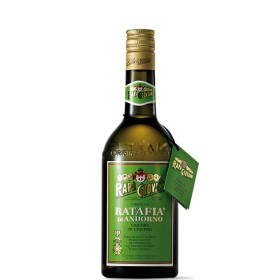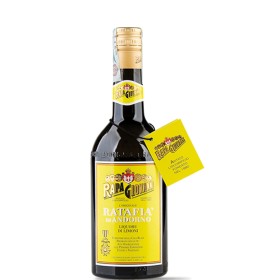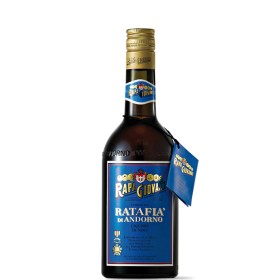- Mondo Vino
- 15481 views

The term Ratafià refers to any type of liqueur consisting of a cold infusion based on fruit or flowers and alcohol such as brandy or wine. There are several local traditions, mainly in Italy, Spain and France.
Piedmontese Ratafià
Piedmontese Ratafià, the most renowned, is produced throughout the Alps, and is considered a traditional drink (known and produced also on the French of the Alps). Historical is the production in Andorno Micca, a town in the province of Biella, where already in 1600 ratafià was produced in the monastery of Santa Maria della Sala. Later the processing became characteristic of some families of the town, which since 1880 has been home to the historic Cav. Giovanni Rapa factory. In the two centuries eighteenth-nineteenth century this liqueur reached great fame and diffusion. It was often prepared even at home using a large assortment of fruits and herbs.
Piedmontese Ratafià is fragrant and versatile, it can be drunk as after-meal, cold or with ice, added to ice cream or fruit, or in the kitchen to enhance game dishes or delicious sweets. The use of Ratafià in cocktails has been rediscovered, revisiting a Negroni, softening a Caipirinha with fruit, enriching with aromas a Gin Tonic, characterizing a Kir Royal.
Ratafià Abruzzese
Over time the liqueur has spread and in Abruzzo has met the local wine, Montepulciano d'Abruzzo, a full-bodied red wine, structured and rich in anthocyanins, substances responsible for its great fruity charge. To produce Ratafià we start from a montepulciano d'Abruzzo wine base to which are added cherries, sugar and little alcohol, but not necessarily: sometimes the only alcoholic ingredient is wine. This makes the Ratafià abruzzo less alcoholic than piedmontese.
Ratafià de Champagne
Ratafià de Champagne, a traditional French liqueur obtained from the fourth and final pressing of the grapes, the so-called rebeche, used to produce Champagne, i.e. pinot noir, pinot meunier and chardonnay, and added alcohol (grape distillate at more than 85 °) and has been officially recognized by INAO as a champagne product giving it the status of PGI.

